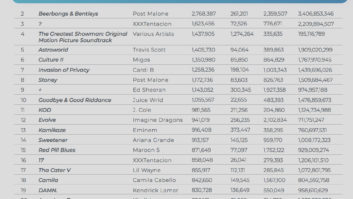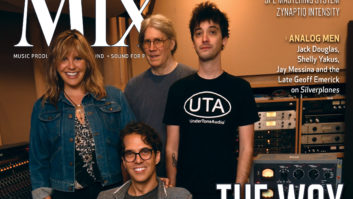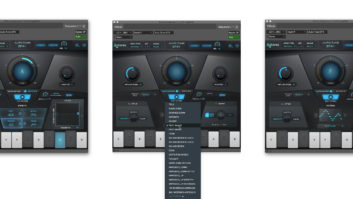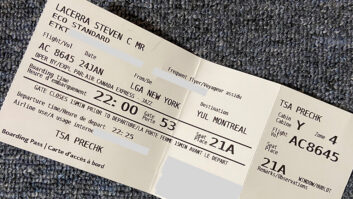Mike Levine, Mix Technology Editor, Studio
Mixing by Committee—The Perils and Possibilities: I’m currently mixing an 11-song album project with a band that I play with. I’m the only one in the group who has a studio and mixing skills, so I’ve been doing the initial work myself—cleaning up and editing tracks, setting basic levels, adding EQ, compression and ambience effects—basically getting a rough mix together. Then my bandmates attend mix sessions where we move the songs closer to completion. Nobody has final say; we’re co-producing the project.
Early on, these communal sessions were often stressful because some of the other band members asked for adjustments that went counter to my mixing instincts, and in some cases seemed to me to be really over the top. For example, requests to turn up lead elements (both vocal and instrumental) much louder than I would ever have considered, or to mix the drums lower than what most would consider normal.
After a few tough sessions, I realized that I needed to chill out a little and pick my battles, rather than arguing against everything that went against what I thought was best for the song. Thankfully, the other band members had a corresponding change of attitude, and, ever since then, the sessions have been considerably less stressful and much more productive.
The biggest takeaway for me has been that while it has at times been difficult to come to a consensus about particular aspects of a mix, the disagreements and back and forth have often proved fruitful. Combining creative visions can bring an infusion of new ideas. When tempered a bit, some of their out-of-the-box suggestions have worked quite well. It made me realize that it’s easy to get stuck in one’s own vision of what a mix should sound like, and having other voices chiming in can provide a fresh perspective.
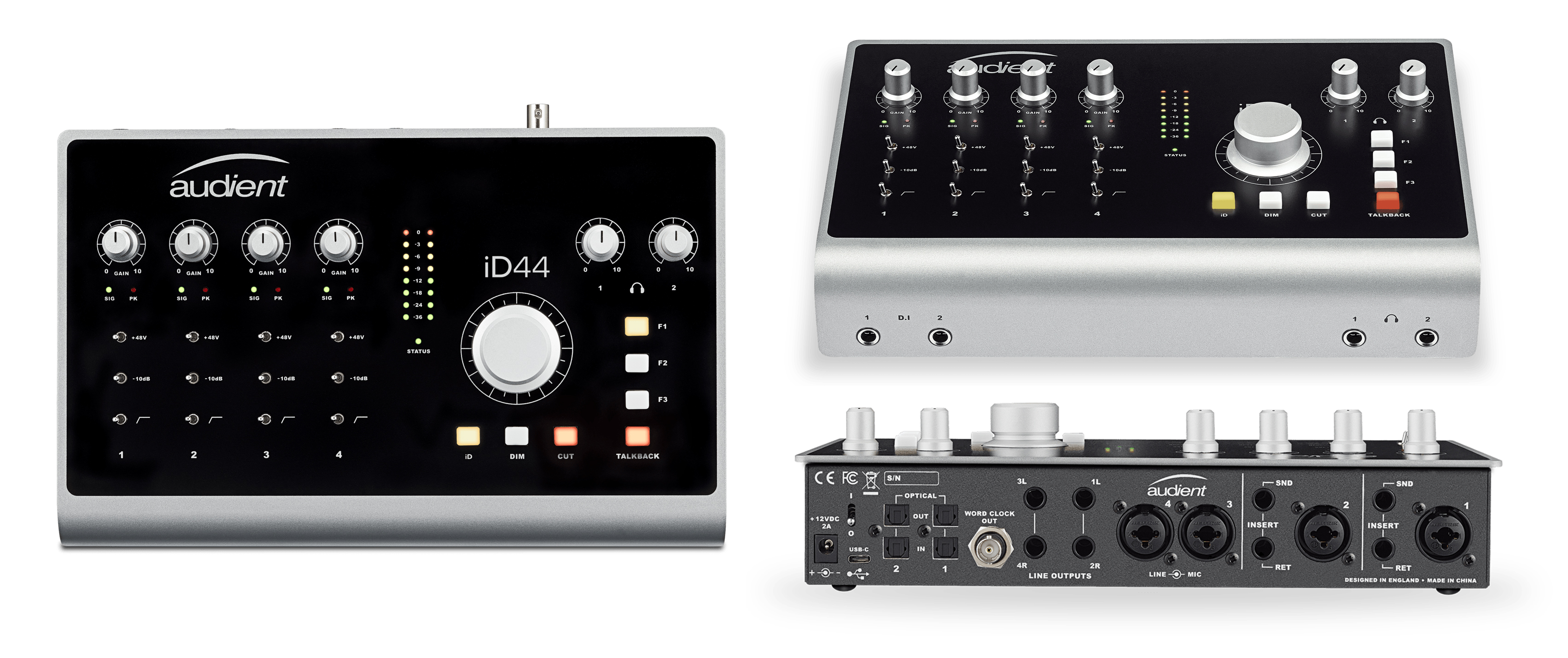
Product of the Month: Audient ID44: Like the other interfaces in the ID series, the ID44 is equipped with the same preamps that Audient uses in consoles like its ASP8024-HE. The ID44 features four analog inputs and outputs, but augments them with two ADAT inputs and two ADAT outputs, bringing the total possible channel count to 20 in and 24 out. Like the ID22, each input channel features a gain knob, phantom power switch, a –10 dB pad switch and a highpass filter, as well as signal-present and peak lights. New on the ID44 are insert send and return jacks on channels 1 and 2, which let you connect outboard gear into the recording path.
In conjunction with the new version of the ID low-latency DSP mixer software, you can set up four separate monitor mixes, and you even get a talkback button, where you can assign any mic connected to your Mac or PC to it.

Steve La Cerra: Mix Technology Editor, Live
The Real Deal: The word diva gets thrown around like old socks these days, slapped on as a label for just about any female singer with a charting hit. Leontyne Price, Birgit Nilsson and Beverly Sills were true opera divas. They were able to deliver the goods, performing difficult roles with a level of remarkable consistency…and no lip-synching (!).
This past year the music industry lost a true pop diva when Aretha Franklin passed, another artist who delivered the goods with skill, emotion and consistency. I never had the opportunity to work with any of these artists, so I cannot speak about whether their temperament fit the stereotype of a diva, but if I could sing like any of them, I’d probably be a wee bit temperamental, too.
A few days ago, I saw a performance of Mozart’s The Magic Flute at the Metropolitan Opera in New York. The entire cast was excellent, but the one performer who really impressed me was the soprano who sang the role of Queen of The Night, Kathryn Lewek. I’m no expert in the field of opera, but my mom is a huge fan. So growing up, I became familiar with some of the repertoire. I was hoping to hear a first-rate performance of the “Der Hölle Rache” (aka, the “Queen of the Night” aria), and Lewek did not disappoint.
I’m not sure that any mortal soprano can actually nail that aria, but Lewek’s performance blew me away. The amount of control she has over her voice and the accuracy of her pitch (skills that few pop singers possess) were remarkable. The fact that the aria is so incredibly difficult to sing made it all the more impressive. Notably absent were any of the safety nets such as pitch correction or backup tracks that we’ve come to expect while witnessing performances by the so-called “pop divas” of this era. Nope. Lewek was the real deal.
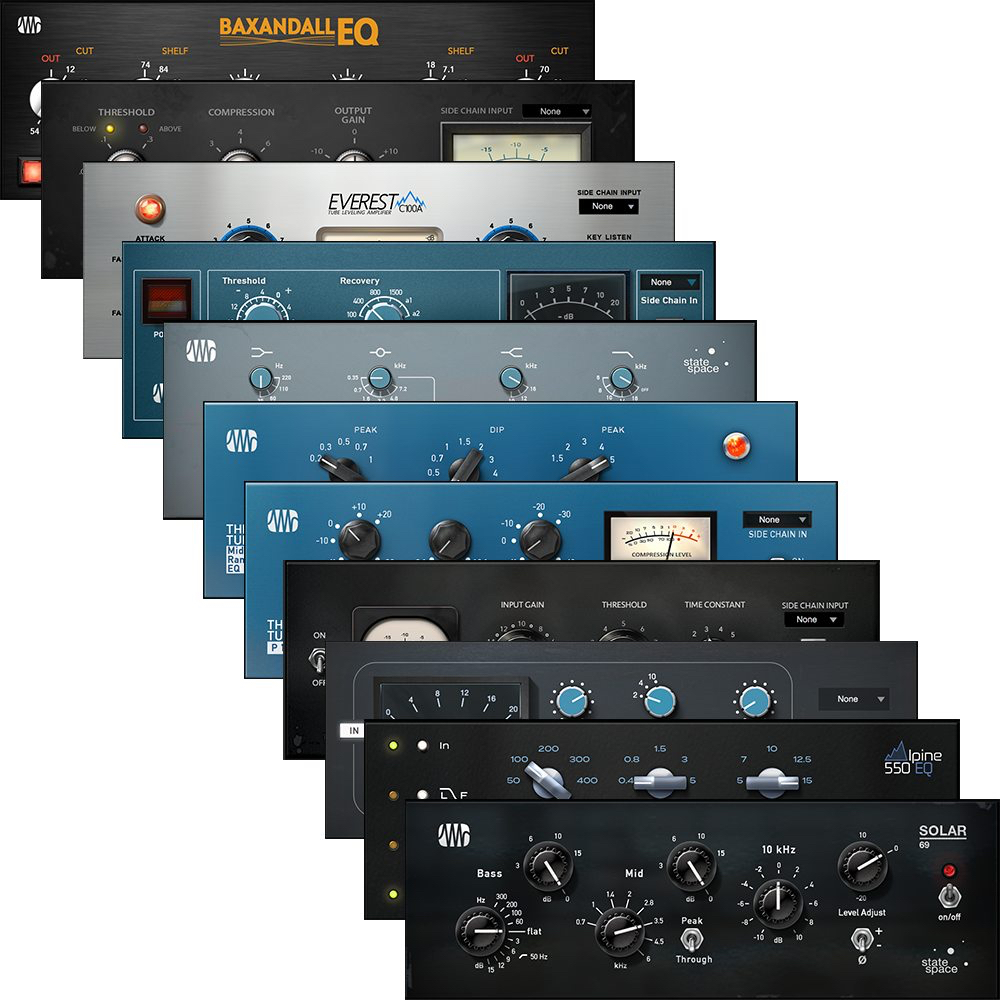
Product of the Month: PreSonus Fat Channel Collection, Volume 1: Designed for use in conjunction with its StudioLive Series III mixers, the Fat Channel Collection of plug-ins from PreSonus can be used to expand existing Fat Channel processing capabilities. Volume 1’s comprehensive set of plug-ins includes an assortment of compressors and EQs meticulously modeled after popular hardware units. Compressor types include FET, tube, optical and VCA, while EQs include Pultec-style, Baxandall and a classic British EQ model.
Plug-ins are downloaded directly into the mixers and may be authorized for use on up to five mixers. Once the plug-ins are installed, they are accessed using the Models menu in the compressor or EQ overview screens.
